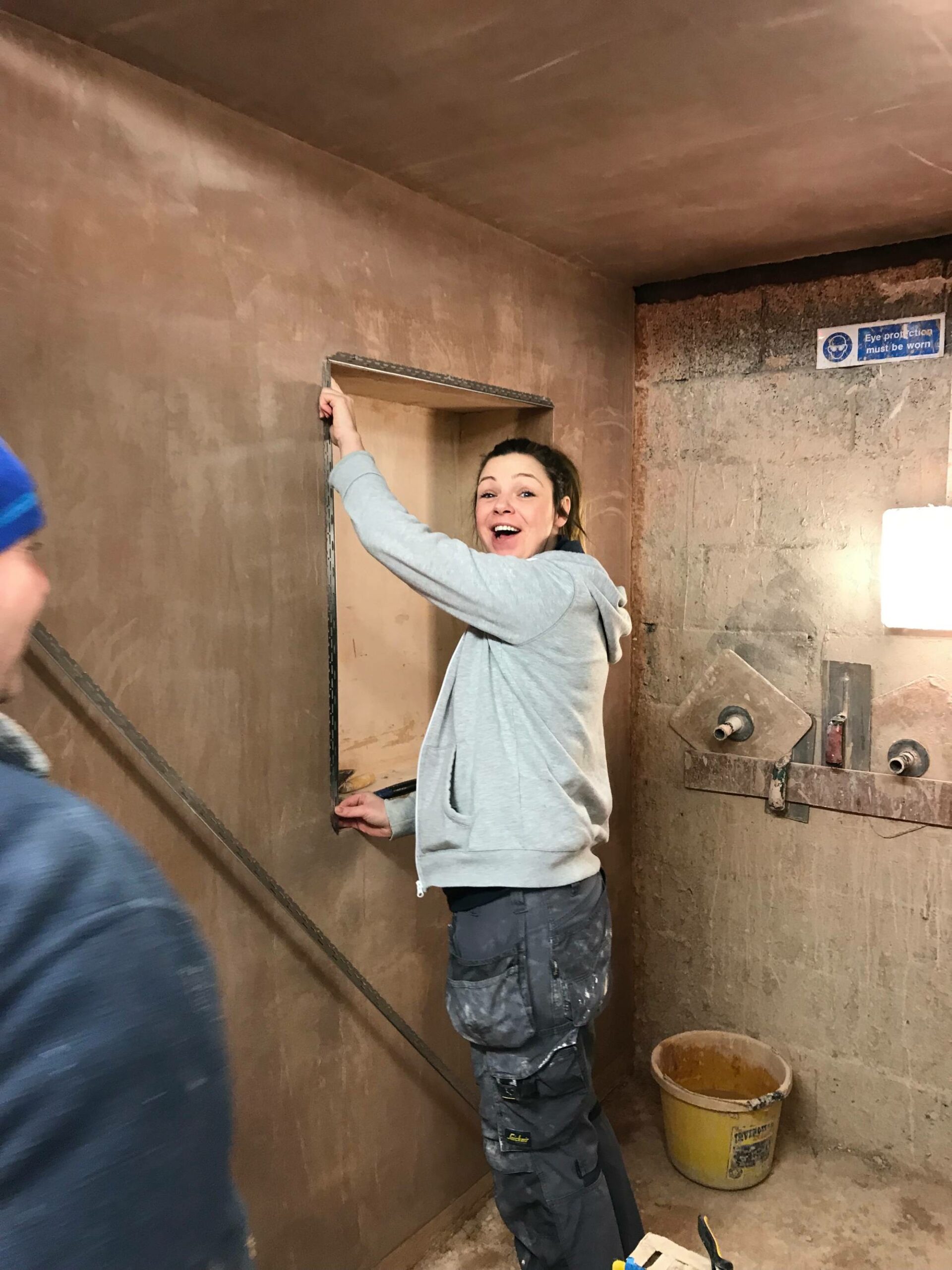A Comprehensive Guide to Mastering Plastering Skills for Your Restoration Requirements

Essential Tools and Products
In the world of plastering, having the right devices and products is vital to achieving a flawless coating. Different vital tools offer distinctive functions, making sure efficiency and accuracy throughout the plastering procedure. A high-quality trowel, as an example, is vital for applying and smoothing plaster, while a hawk supplies a stable system for holding the material. A joint knife is likewise essential for detailed job, especially in edges and edges.
In addition to devices, choosing the right plastering products is vital. Gypsum-based plasters are frequently preferred for their convenience and simplicity of usage, while cement-based options are excellent for exterior applications because of their durability. Water and bonding agents play substantial roles in accomplishing correct consistency and bond, making certain that the plaster adheres efficiently to the surface area.
Furthermore, protective equipment such as handwear covers, masks, and goggles is essential to protect against dirt and irritability throughout the application procedure. By assembling the best combination of materials and devices, plasterers can boost their capability and generate high-quality finishes, eventually raising the total workmanship of their job.
Preparing Surface Areas for Plastering
Attaining a sturdy and smooth plaster finish begins with precise prep work of the surface areas to be smudged. This fundamental step is critical to ensuring adhesion and the durability of the plaster. Start by examining the condition of the substrate-- whether it is drywall, stonework, or concrete-- eliminating any loosened paint, dust, or debris that may conflict with bonding.
Following, fix any flaws such as openings or fractures. Utilize a suitable filler to accomplish a level surface area; this can be critical for avoiding future concerns. When repaired, make sure the surface is tidy and completely dry, as moisture can compromise plaster adherence.
For porous surfaces, it is a good idea to apply a bonding representative. This product enhances adhesion and creates a reputable user interface between the plaster and substrate. If functioning with formerly plastered surfaces, it might webpage be essential to mess up or sand the area lightly to offer a secret for the brand-new plaster layer.
Plastering Strategies and Tips
Mastering gluing strategies requires both ability and practice to attain a perfect coating. One important strategy is the application of the plaster in multiple thin layers, instead than a solitary thick layer.
When applying the surface layer, use a troweling technique that includes holding the trowel at a mild angle and operating in a circular movement. This aids to develop a smooth surface and decreases the look of trowel marks. In addition, maintain a spray bottle of water useful to mist the surface area gently; this maintains the plaster convenient and enables smoother finishing.
Timing is essential; work effectively, as the plaster starts to establish. As soon as the plaster has firmed up but is still damp, utilize a moist sponge to carefully smooth the surface area additionally. Last but not least, permit adequate drying time before sanding or painting, ensuring your effort results in an expert, top notch coating.
Usual Blunders to Stay Clear Of

Another typical mistake is using plaster too thickly. Overzealous applications can cause cracking and prolonged drying times. It's necessary to use plaster in slim, even layers, enabling each layer to completely dry effectively prior to adding much more.
Furthermore, not utilizing the right tools can hinder the quality of the finish. Making use of inappropriate trowels or a fantastic read mixers can create inconsistencies in the smudging process. Always select top quality tools developed for gluing jobs.
Finally, lots of individuals ignore the significance of timing. Working in improper temperature levels or humidity levels can detrimentally influence plaster drying out and healing. It is a good idea to check climate condition and adjust your routine appropriately.
Finishing Touches for a Specialist Appearance
The last stages of a gluing project are critical for attaining a refined, specialist appearance. As soon as the plaster has dried out adequately, the following step is to analyze the surface for blemishes.
After fining sand, it's recommended to cleanse the surface to eliminate any dust and particles. A wet fabric works for this purpose, complied with by a comprehensive drying out duration. If necessary, using a thin layer of completing plaster can boost the surface even more, giving a seamless more surface.
As soon as the ending up plaster is dry, one more round of fining sand might be called for to achieve the wanted level of smoothness. Finally, think about using a primer prior to paint or wallpapering, which will improve attachment and toughness.
Verdict
Understanding gluing skills significantly boosts the top quality of restoration projects. A comprehensive understanding of essential devices, surface area preparation, and reliable methods is important for achieving specialist results.
Water and bonding agents play substantial functions in attaining appropriate uniformity and bond, making certain that the plaster adheres effectively to the surface area. Plastering.


Furthermore, maintain a spray bottle of water handy to haze the surface area lightly; this maintains the plaster practical and permits for smoother completing. (Plastering)
If necessary, using a thin layer of ending up plaster can improve the surface better, providing a smooth surface.